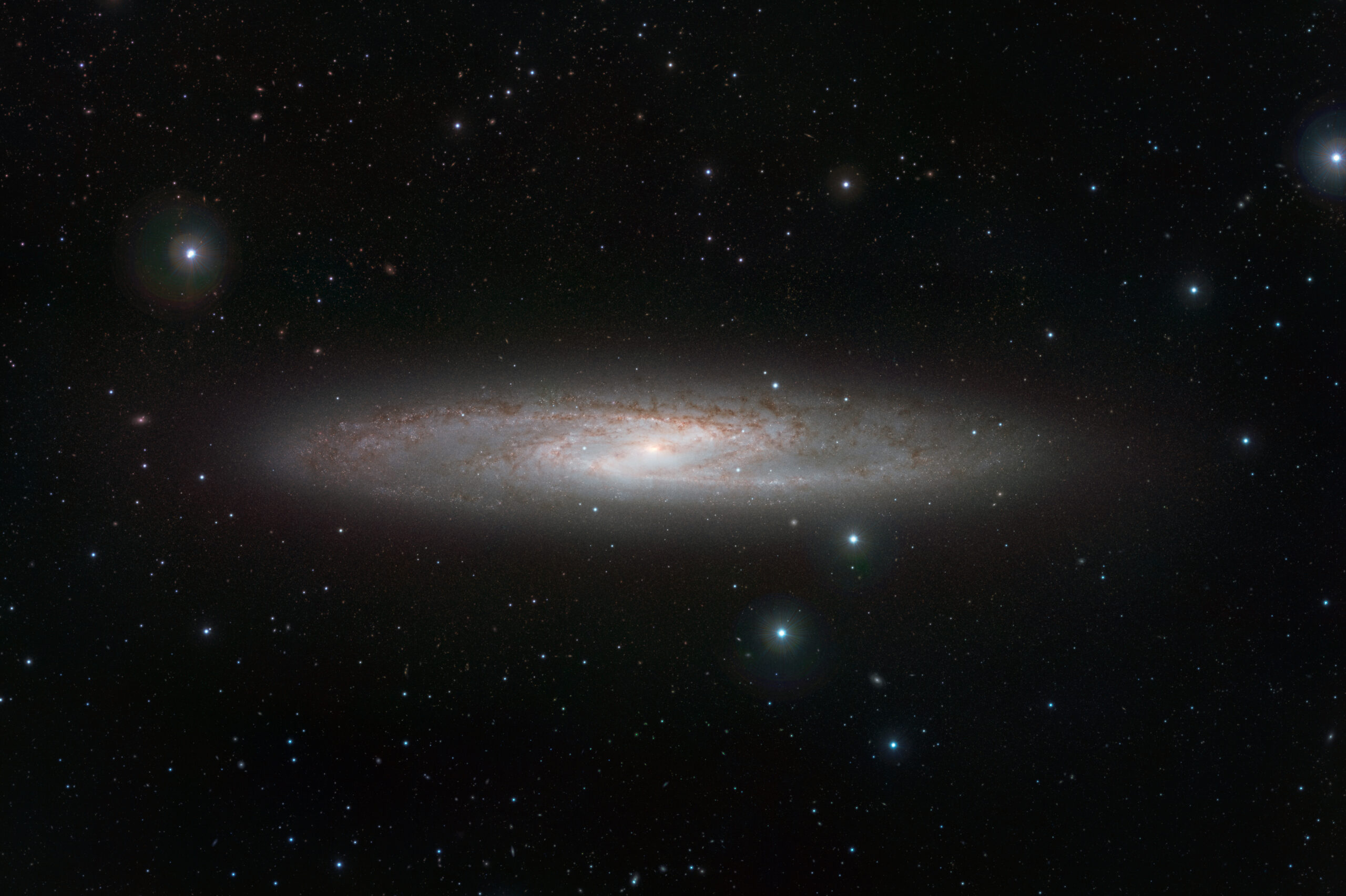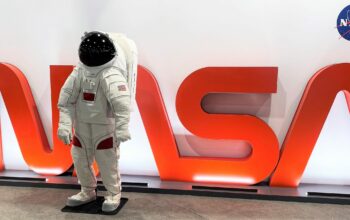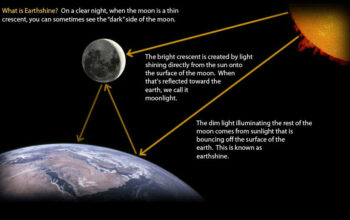The advent of extensive galaxy surveys has fundamentally altered our understanding of the cosmos, placing cosmology on a robust scientific foundation. These ambitious observational projects harness sophisticated technology and innovative methodologies, yielding a wealth of data that sheds light on the universe’s composition and structure. It is essential to delve into the implications of these surveys, as they promise not only to refine our existing cosmological models but also to engender fresh perspectives on the universe’s evolution and fate.
Historically, cosmology revolved around a limited assortment of observations, primarily concentrated on our Local Group of galaxies. The insight gleaned from such a confined perspective often resulted in broadly generalized cosmological models that lacked definitive empirical substantiation. However, the emergence of comprehensive galaxy surveys, such as the Sloan Digital Sky Survey (SDSS) and the upcoming Euclid satellite mission, represents a paradigm shift in our ability to contextualize cosmic phenomena across vast scales.
These endeavors promise a transformation in perspective by enabling astronomers to sample the cosmic landscape in unprecedented detail. Utilizing advanced imaging techniques, contemporary surveys collect vast datasets that encompass millions of galaxies. This meticulous approach allows for the examination of galactic evolution over time, capturing the intricacies of star formation, galactic interactions, and the impact of dark matter. The granularity of the data reveals subtleties in the distribution of galaxies and their clustering properties, providing insights into the universe’s large-scale structure.
The promise of galaxy surveys extends beyond mere observation; they are instrumental in corroborating the predictive models of cosmological evolution. One of the key tenets of modern cosmology is the Lambda Cold Dark Matter (ΛCDM) model, which posits that the universe’s matter content is predominantly dark energy and cold dark matter. The empirical validation of this model is significantly bolstered by data obtained from galaxy surveys. The observational consistency and precision afforded by these surveys allow for new constraints on fundamental cosmological parameters, such as the Hubble constant and the rate of cosmic expansion.
Additionally, the distribution of galaxies illuminates critical processes occurring throughout cosmic history. Through sophisticated statistical analyses, researchers can decipher the influence of baryonic physics on galaxy formation and evolution. The interplay between dark matter and baryonic matter, manifested in phenomena like galaxy mergers and the development of giant elliptical galaxies, provides a fertile ground for inquiries into the fundamental nature of the universe. Moreover, the investigation of galaxy morphology and luminosity function extends our comprehension of galaxy evolution, unveiling the mechanisms that govern stellar populations and galactic dynamics.
Notably, galaxy surveys are pivotal in exploring the enigmatic nature of dark energy. By meticulously mapping the spatial distribution of galaxies, cosmologists can detect subtle anisotropies that may be attributable to the accelerated expansion of the universe. This expanded understanding prompts re-evaluations of the nature of dark energy—whether it be a cosmological constant or a dynamic field with evolving properties. Such inquiries are at the forefront of contemporary astrophysical research, shedding light on one of the most significant questions of our time.
Furthermore, the increasing availability of astronomical data facilitates not only an examination of the observable universe but also fosters a symbiotic relationship between theory and experiment. As theoretical models are refined in light of new discoveries, observational initiatives evolve to target specific unanswered questions. This iterative progression nurtures a continual expansion of knowledge, as astronomers leverage cutting-edge technology to survey previously unexplored domains of the universe. The surge in computational capabilities, coupled with sophisticated algorithms for data processing, enables the effective extraction of cosmological signals from increasingly large datasets.
However, the challenges associated with galaxy surveys are manifold. The sheer volume of data necessitates advanced methods for data analysis and validation. Moreover, systematic uncertainties arising from instrumental effects, astrophysical variability, and environmental factors pose significant obstacles. Addressing these complexities requires interdisciplinary collaboration among cosmologists, statisticians, and software engineers, exemplifying the need for a unified approach in tackling the dynamic landscape of cosmic research.
Looking to the future, the landscape of galaxy surveys is poised for transformative developments. Next-generation telescopes, equipped with enhanced sensitivity and resolution, will dramatically expand our capacity to probe the universe’s depths. Missions such as the Vera C. Rubin Observatory, scheduled to commence operations shortly, will usher in an era of time-domain astronomy, allowing for the monitoring of transient events and their impact on galactic evolution. Such capabilities will undoubtedly enrich our understanding of the universe’s dynamics and broaden the scope of cosmological inquiry.
In conclusion, galaxy surveys stand as a cornerstone of contemporary cosmology, providing a solid empirical framework for understanding the universe’s structure, composition, and evolution. As these surveys continue to evolve and expand, they not only refine our theoretical models but also captivate our curiosity about the cosmos. The uncovering of complex relationships among galaxies, dark matter, and dark energy tantalizes researchers with the promise of new discoveries, ensuring that the pursuit of cosmological knowledge remains an ever-evolving frontier at the intersection of science and philosophy. In this dynamic landscape, the exploration of the universe promises to unveil answers to some of humankind’s most profound questions, ensuring that our quest for understanding the cosmos persists into the future.








